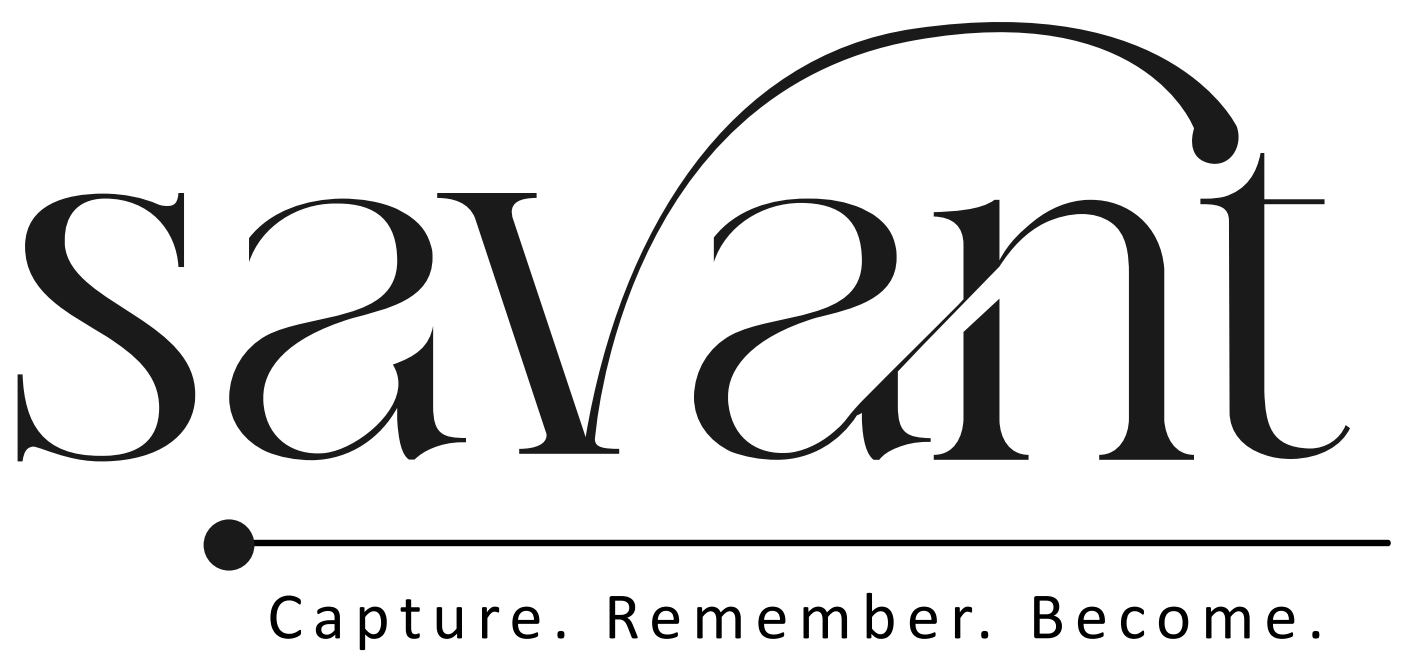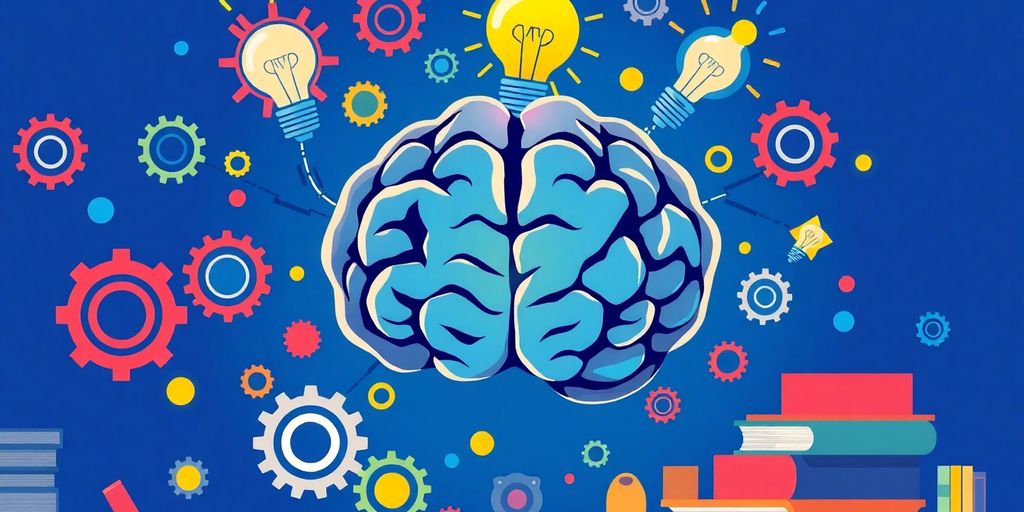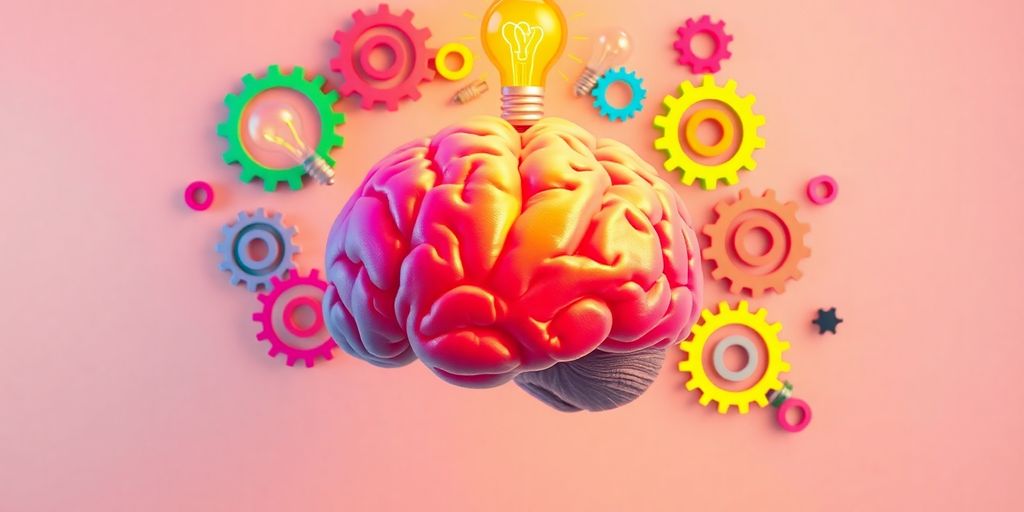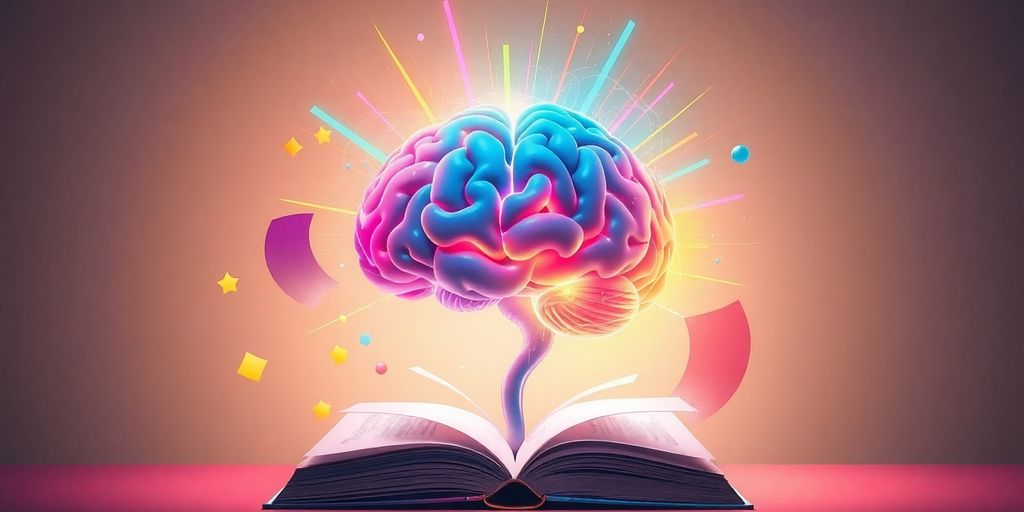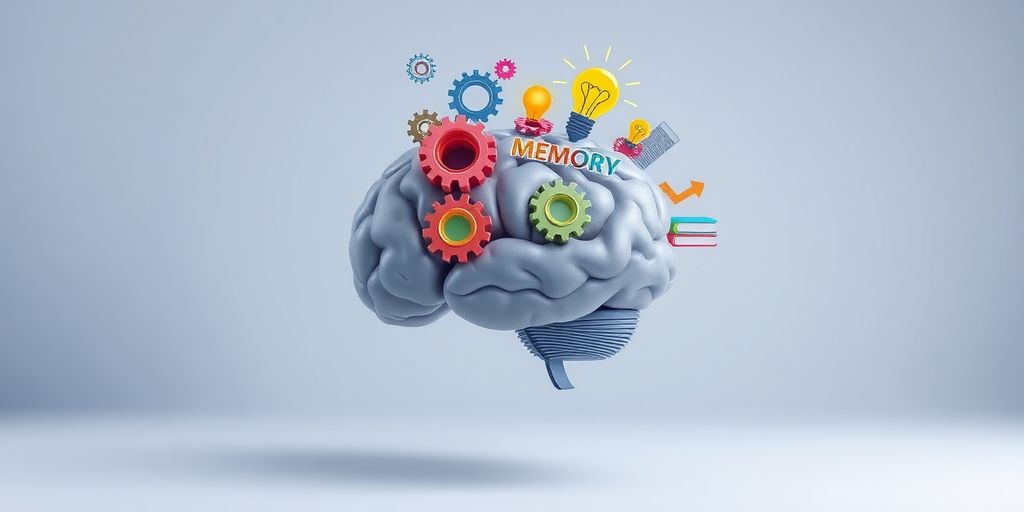In recent years, the field of brain-based learning has gained significant attention as educators and researchers explore how neuroscience can reshape teaching methods. This article delves into the latest findings in brain-based learning research, offering insights into how understanding the brain can enhance educational practices. By examining the connections between neuroscience and education, we can better support students’ learning experiences and outcomes.
Key Takeaways
- Brain-based learning focuses on how the brain learns, helping teachers use effective strategies.
- Neuroplasticity shows that our brains can change and grow, which is crucial for learning.
- Emotions play a big role in learning; positive feelings can help students learn better.
- Multisensory techniques, like using images and sounds, improve memory and understanding.
- Technology, like educational apps, can enhance brain-based learning in classrooms.
Understanding Brain Based Learning Research
What is Brain Based Learning?
Brain Based Learning is all about using what we know about how our brains work to improve teaching and learning. It focuses on how students learn best by considering their brain’s structure and function. This approach helps educators create lessons that match how the brain processes information, making learning more effective.
Historical Context and Evolution
The idea of Brain Based Learning has evolved over time. Initially, education was based on traditional methods without much understanding of the brain. However, as research in neuroscience grew, educators began to realize the importance of understanding the brain. This shift has led to new teaching strategies that are more aligned with how students learn.
Key Principles of Brain Based Learning
Here are some key principles that guide Brain Based Learning:
- Engagement: Learning is more effective when students are actively involved.
- Emotions Matter: Positive emotions can enhance learning, while stress can hinder it.
- Multisensory Approaches: Using multiple senses can help strengthen memory and understanding.
Brain Based Learning teaches students about their own brains. They learn where emotions and thoughts come from, how the body reacts to stress and threats.
By understanding these principles, educators can create a more supportive and effective learning environment for all students.
The Neuroscience Behind Learning
How the Brain Processes Information
The brain is like a supercomputer, constantly processing information. It takes in data from our senses and organizes it. Understanding how this works can help us learn better. For example, when we see, hear, and touch something, our brain creates stronger connections. This is why multisensory learning is so effective!
Neuroplasticity and Its Role in Learning
Neuroplasticity is the brain’s ability to change and adapt. This means that our brains can grow and develop new pathways throughout our lives. Here are some key points about neuroplasticity:
- Learning new skills can create new connections in the brain.
- Practice strengthens these connections, making it easier to recall information later.
- Mistakes are part of learning; they help our brains adjust and improve.
The Impact of Emotions on Learning
Emotions play a big role in how we learn. Positive feelings can boost our ability to absorb information, while negative feelings can block it. Here are some ways to create a positive learning environment:
- Encourage curiosity by connecting lessons to students’ interests.
- Use positive reinforcement to build confidence.
- Incorporate mindfulness techniques to reduce stress.
Creating a supportive atmosphere can lead to better learning outcomes. When students feel safe and engaged, they are more likely to succeed.
In summary, understanding the neuroscience behind learning can help us create better educational experiences. By focusing on how the brain processes information, adapts, and responds to emotions, we can transform the way we teach and learn. Remember, sharing brain images can foster new neuroscience insights, helping us understand these processes even better!
Practical Applications in the Classroom

Multisensory Learning Techniques
Using multiple senses can really enhance learning. Incorporating sound, visuals, and hands-on activities helps students connect with the material better. Here are some effective multisensory techniques:
- Visual aids: Charts, diagrams, and videos can make complex ideas clearer.
- Auditory elements: Using music or sounds can create a calm environment, making it easier to focus.
- Hands-on activities: Engaging in physical tasks helps reinforce learning through experience.
Spaced Repetition and Memory Retention
Spaced repetition is a powerful tool for memory. Instead of cramming, revisiting material over time helps solidify knowledge. Here’s how to implement it:
- Schedule reviews: Plan regular intervals to go over material.
- Use flashcards: They can be a fun way to test knowledge and reinforce learning.
- Mix subjects: Switching topics can keep things fresh and engaging.
Gamification and Student Engagement
Gamification can make learning fun and interactive. Turning lessons into games can boost motivation and participation. Here are some ideas:
- Point systems: Reward students for completing tasks or participating in discussions.
- Team challenges: Encourage collaboration through group activities.
- Interactive quizzes: Use technology to create fun quizzes that students can take together.
Engaging students through these practical applications not only makes learning enjoyable but also helps them retain information better. By using techniques like multisensory learning and gamification, teachers can create a dynamic classroom environment that fosters growth and curiosity.
Incorporating these strategies can transform the classroom experience, making it more effective and enjoyable for everyone involved!
Technological Advances Enhancing Brain Based Learning
The Role of fMRI in Education
Functional Magnetic Resonance Imaging (fMRI) is a game-changer in understanding how our brains work while learning. This technology allows researchers to see which parts of the brain are active during different learning tasks. By using fMRI, educators can tailor their teaching methods to better suit how students learn.
Educational Apps and Tools
With the rise of technology, there are now many apps and tools designed to enhance brain-based learning. Here are a few examples:
- Flashcard Apps: These use spaced repetition to help students remember information better.
- Gamified Learning Platforms: These make learning fun and engaging, encouraging students to participate actively.
- Multisensory Learning Tools: These incorporate visuals, sounds, and interactive elements to cater to different learning styles.
Future Trends in EdTech
The future of educational technology looks bright! Here are some trends to watch for:
- AI-Powered Learning: Personalized learning experiences based on individual student needs.
- Virtual Reality (VR): Immersive experiences that can enhance understanding of complex subjects.
- Collaborative Learning Tools: Platforms that allow students to work together, even from a distance.
As technology continues to evolve, it opens up new possibilities for enhancing education. By understanding how the brain learns, we can create tools that make learning more effective and enjoyable for everyone.
Training Educators in Neuroscience
Professional Development Programs
Training teachers in neuroscience is essential for modern education. These programs help educators understand how the brain learns, allowing them to adapt their teaching methods. Here are some key components of effective professional development:
- Workshops on brain-based learning strategies
- Online courses focusing on neuroscience principles
- Collaborative sessions for sharing best practices
Integrating Neuroscience into Teacher Training
Incorporating neuroscience into teacher training can transform how educators approach their classrooms. This integration can include:
- Curriculum that highlights brain development and learning processes
- Practical exercises that apply neuroscience concepts in real teaching scenarios
- Continuous support and resources for teachers to stay updated on new findings
Case Studies and Success Stories
Many schools have successfully implemented neuroscience training for teachers. Here are a few examples:
- A school district that saw improved student engagement after training teachers in brain-based strategies.
- A program that helped educators use gamification to enhance learning outcomes.
- Success stories of teachers who adapted their methods based on neuroscience research, leading to better student performance.
Investing in teacher training on neuroscience is not just beneficial; it’s a game-changer for education. By understanding how students learn, teachers can create more effective and engaging learning environments.
This approach not only empowers educators but also enhances the overall learning experience for students, paving the way for a brighter educational future.
Addressing Challenges and Misconceptions
Common Neuromyths in Education
When it comes to brain-based learning, there are a lot of misunderstandings floating around. One of the biggest issues is the presence of neuromyths—these are misconceptions about how the brain works that can lead to poor educational practices. For example, many people believe that we only use 10% of our brains, which is simply not true! Understanding these myths is crucial for effective teaching.
Overcoming Barriers to Implementation
Implementing brain-based learning strategies can be tough. Here are some common barriers:
- Lack of Training: Many teachers don’t receive enough training in neuroscience.
- Resistance to Change: Some educators are hesitant to change their teaching methods.
- Limited Resources: Schools may not have the necessary tools or technology.
To overcome these challenges, schools can provide professional development and resources to help teachers adapt.
Ensuring Ethical Use of Neuroscience in Education
As we dive deeper into neuroscience, it’s important to use this knowledge ethically. Here are some guidelines to follow:
- Stay Informed: Keep up with the latest research to avoid spreading misinformation.
- Focus on Evidence-Based Practices: Use strategies that are backed by solid research.
- Consider Individual Differences: Remember that every student learns differently, so tailor your approach accordingly.
Understanding the brain is a journey, not a destination. As we learn more, we can create better educational experiences for everyone!
The Future of Brain Based Learning Research
Emerging Research Areas
The future of brain-based learning is bright! Researchers are diving into new areas that could change how we teach and learn. Some exciting areas include:
- Understanding how different brain regions work together
- Exploring the effects of technology on learning
- Investigating how social interactions influence brain development
Potential Long-Term Benefits
As we learn more about the brain, we can expect some amazing benefits:
- Improved teaching methods that cater to individual learning styles.
- Enhanced student engagement through tailored learning experiences.
- Better support for students with learning difficulties.
Collaborations Between Neuroscientists and Educators
Collaboration is key! By working together, neuroscientists and educators can:
- Share insights that lead to better teaching strategies.
- Develop tools that help students learn more effectively.
- Create a more inclusive learning environment for everyone.
The combination of neuroscience and education is like a powerful team, ready to transform how we think about learning!
In summary, the future of brain-based learning research holds great promise. With ongoing studies and collaborations, we can look forward to a more effective and engaging educational experience for all students. Together, we can unlock the full potential of every learner!
Wrapping It Up: The Future of Learning
In conclusion, diving into the latest brain-based learning research shows us just how exciting the future of education can be! By understanding how our brains work, we can create better ways to teach and learn. This means more fun and effective learning experiences for everyone. With tools like Savant, which uses multimedia flashcards, students can engage their senses and remember information better. The combination of neuroscience and education is paving the way for a brighter future where every student can thrive. So, let’s embrace these new ideas and keep pushing for a learning environment that truly supports all learners!
Frequently Asked Questions
What is brain-based learning?
Brain-based learning is a teaching method that uses what we know about how the brain works to improve learning. It focuses on how students learn best and helps teachers create better lessons.
How does neuroscience help in education?
Neuroscience helps educators understand how the brain learns, which can lead to better teaching methods. By knowing how students think and remember, teachers can design lessons that fit those needs.
What are some effective techniques for brain-based learning?
Some effective techniques include using multiple senses in lessons, breaking information into smaller parts, and using games to make learning fun.
Can technology enhance brain-based learning?
Yes! Technology like educational apps and tools can support brain-based learning by making lessons interactive and engaging. They can also help track student progress.
What are common misconceptions about brain-based learning?
One common misconception is that certain myths about the brain are true, such as the idea that people only use 10% of their brains. Understanding the science can help clear up these myths.
How can teachers be trained in neuroscience?
Teachers can be trained through professional development programs that focus on neuroscience. These programs teach them how to apply brain science to their teaching.
